Walking the Lozells and Handsworth Heritage Trail
On Saturday, along with a group of other BCT supporters and volunteers, I walked the Lozells and East Handsworth Heritage Trail. Organised by Legacy West Midlands with assistance from the Heritage Lottery Fund and the City Council, it aims to raise awareness of the significant role the area played in making Britain great, as the home to Matthew Boulton, James Watt and William Murdoch, the founding fathers of the Industrial Revolution. Coming from the other side of the city – both geographically and football-wise – I’m not too familiar with Handsworth other than through its rich musical heritage (which I might blog about some other time). So, I braved the rain to find out a bit more. Starting at Soho House and led by our knowledgeable and enthusiastic guide Carol, we set out to explore a range of Georgian and Victorian architecture and industrial heritage.
Soho House was the home of Boulton from 1766 until 1809, where he hosted meetings of the Lunar Society whose members included Watt (Boulton’s business partner and inventor), Erasmus Darwin (natural philosopher, physiologist, slave-trade abolitionist and grandfather of Charles Darwin), Josiah Wedgwood (pottery manufacturing pioneer) and Joseph Priestley (discoverer of oxygen). Carol explained how the Soho Manufactory next door was the first factory in the world, and, at the time of its construction in the late eighteenth century, the surrounding area was rural and still part of Staffordshire, not being incorporated into Birmingham until 1911.
St Mary’s Convent on Hunters Road, on the other side of the Soho Road, was designed by renowned Gothic Revival architect Augustus Pugin, who also designed St Chad’s Cathedral up the road and, most famously, the Houses of Parliament. The Convent was founded in 1841 after John Hardman of Hardman & Co., who lived opposite, granted the land. Hardman & Co. where stained glass manufacturers who made the windows for many English churches including locally St Chad’s, St Nicholas in Kings Norton, St. Laurence’s (Northfield), St Cyprian’s (Small Heath) and St Augustine’s (Edgbaston). The Convent was badly damaged during The Birmingham Blitz, but what is left of it has been fully restored, and the Sisters of Mercy continue to play an important role in the local community. Further along Hunter Road, there is a run of grand Georgian houses, which provided a prelude to the nicely-restored Georgian terrace round the corner on Hamstead Road, occupied by students from the Birmingham School of Acting, which is part of Birmingham City University.
From here we headed to the Heathfield Estate, which was the home of James Watt. Engineer George Tangye later bought Heathfield Hall and lived there until his death in 1920, after which the Hall itself was demolished to make way for an upmarket estate of individually-designed houses – Heathfield Park – built from 1927 (including a matching electricity substation in Arts and Crafts style…). However, the Gate House and a Guest House on West Road are still there.
Following the Arts and Crafts theme, we next visited Ye Olde Toll Gate House on Hamstead Road / Villa Road, on the site of an older building dating from 1727 to collect tolls from stagecoaches as they passed between Staffordshire and Warwickshire. The current building was rebuilt in 1874 (or 1904 according to the listing here) in mock timber with Arts and Crafts details, and has an interesting history: it has used by a private girls school, a grocery, a bakery, Ellis Travel (as in Doug Ellis, former chairman of Aston V*lla), the West Bromwich Building Society and a housing association. Its current occupants are the Birmingham Asian Resource Centre, a community based social welfare agency, as well as Legacy West Midlands itself.
Later we saw St Mary’s Church, also known as Handsworth Old Church, on Hamstead Road. Dating originally to Norman times, it is known as the “cathedral of the Industrial Revolution” because it is home to the graves of and memorials to Boulton, Watt and Murdoch. William McGregor, founder of the football league, is also buried there (his grave now conspicuously white, having been restored). Most importantly, it is where Carol got married, having met her husband-to-be in Handsworth Park…
Handsworth Park is a great example of the Victorian Civic Gospel and one of the finest in the city. It is now magnificent having been granted £9.5 million for restoration costs and reopened in 2006, following the efforts of the Save Handsworth Park campaign.
The collection of civic buildings is in the same vein, and hint at the independent civic pride of Handsworth in the days before it was subsumed into Birmingham. On the Soho Road, the Public Library – complete with a sculpture depicting Boulton, Watt and Murdoch over the original entrance – and former Council House. Round the back of these buildings is the former Technical School of Golds Hill Road. Thornhill Road Police Station occupies the old Staffordshire Police Court, and the later old fire station, on Stafford Road, has an impressive City of Birmingham coat of arms.
Along our way we saw lots of other interesting stuff that wasn’t strictly on the trail, like an old Electroplating works; the Supreme Works; Hamstead Road Baptist, St Francis and St Michael’s Churches; the Rhodes Almshouses; and a nice old ghost sign on Church Hill Road. There were also some pointers so the area’s multiracial, multicultural history (after all, two thirds of the Boulton, Watt and Murdoch supergroup were immigrants from North of the Border…) like Taj & Co butchers and the Sikh gurdwara and Nishkam centre. We finished with coffee at Soho House to dry out, alongside the Soho Sphinxes (who, incidentally, have their own Twitter feed!).
So, all in all, despite its occasional bad press Handsworth and Lozells has a lot to shout about, and despite the weather it was a pleasure to hear someone as passionate as Carol doing just that.
Find out more about the Heritage Trail on the Legacy West Midlands website here.


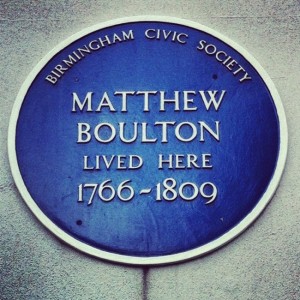
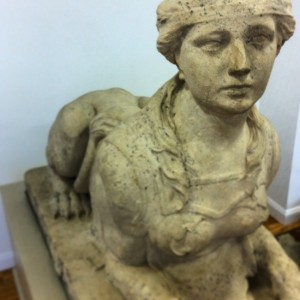
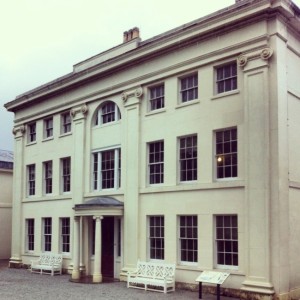
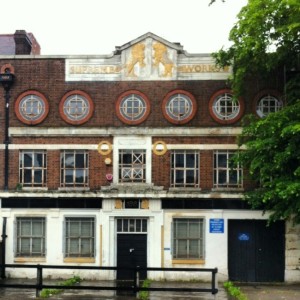
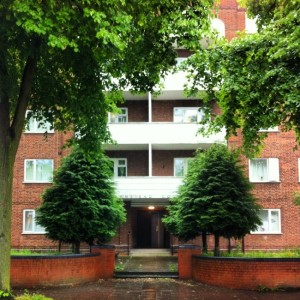
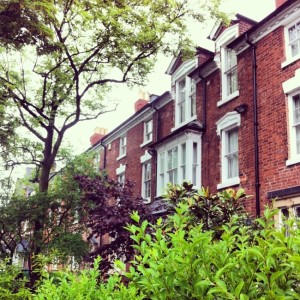
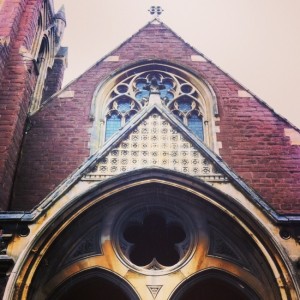
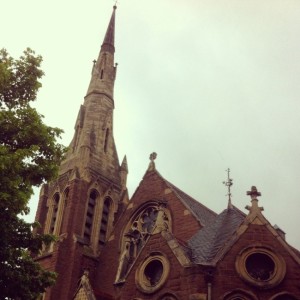
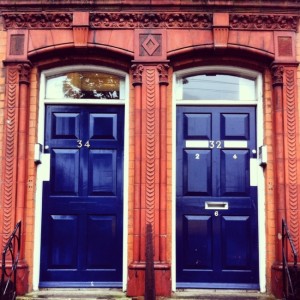
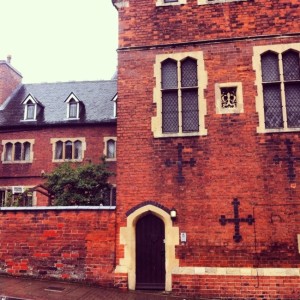
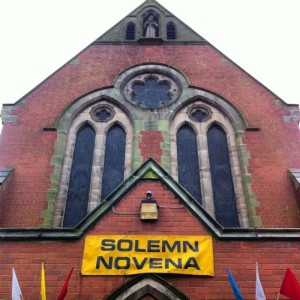
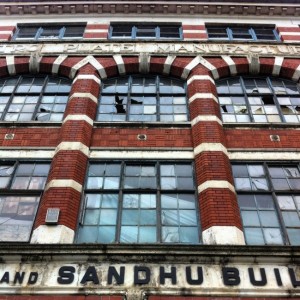
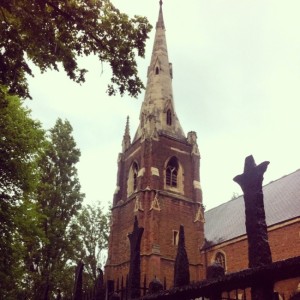
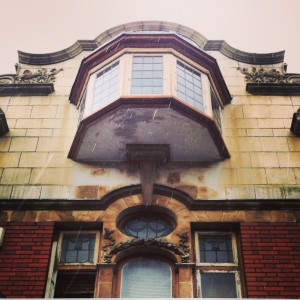
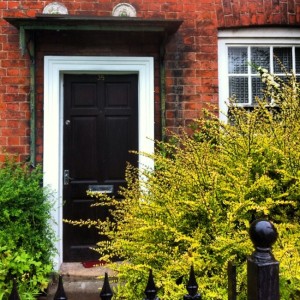
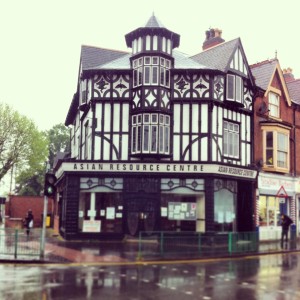
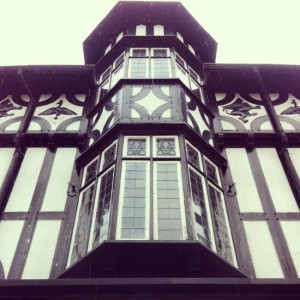
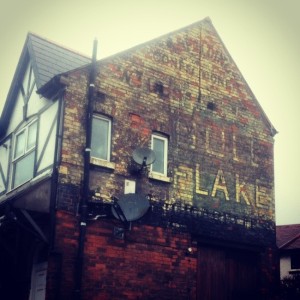
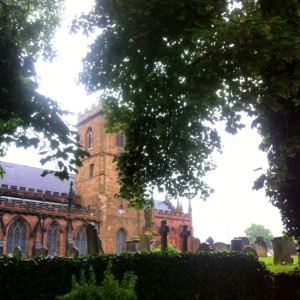
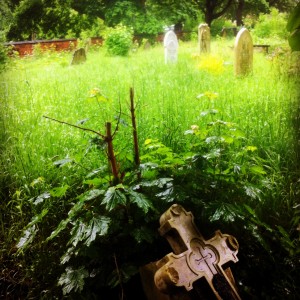
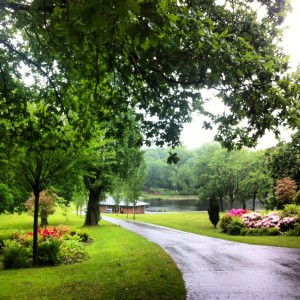
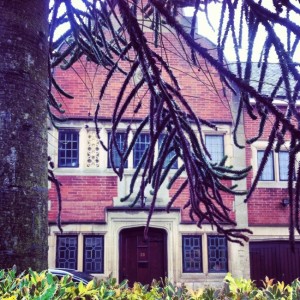
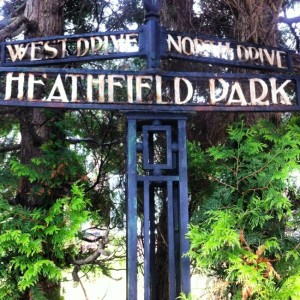
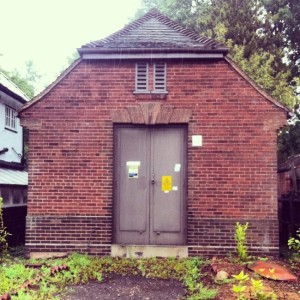

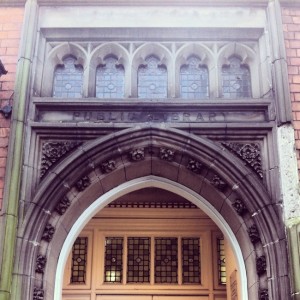
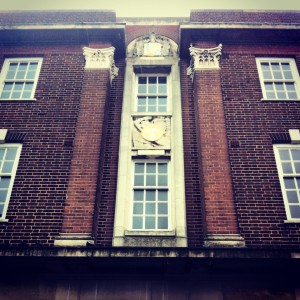
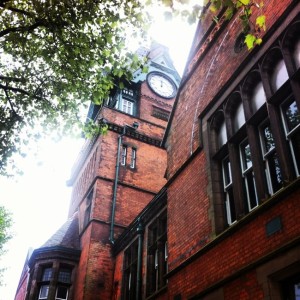
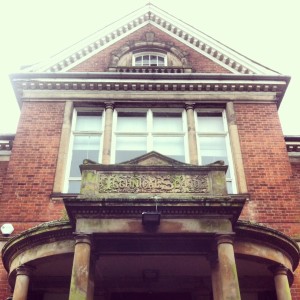
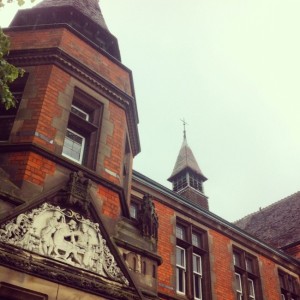
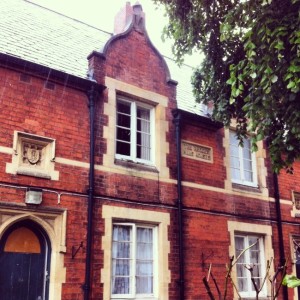
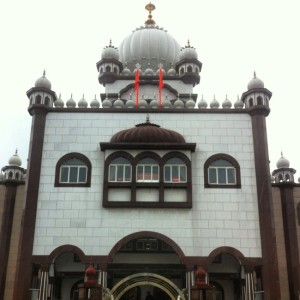
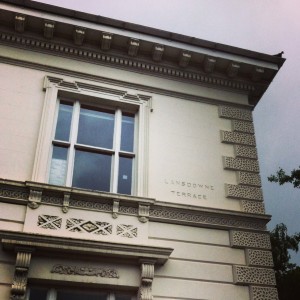

Thanks to Carol Lyndon who led us on the trail. She was a very knowledgeable guide who opened our eyes to the great Georgian and Victorian buildings in Handsworth, which so often gets a bad press….some of these buildings if they were in places like Bath or Edinburgh would be rightly regarded as fantastic examples of Georgian architecture…..My favourite part of the walk ( as a Villa fan) was as we made our way through Handsworth Park Carol pointed out the pristine white stone of Sir William MacGregor’s grave in St Mary’s Churchyard (also known as ‘The Cathedral of the Industrial Revolution’ with Boulton, Watt and Murdoch all buried there!). Every Villa fan knows that it was MacGregor who, while Chairman of Aston Villa FC, founded the Football League in 1888……A fascinating tour of a much-neglected suburb of Birmingham with some lovely buildings
Great pictures! The walk was fascinating despite the rain. I would like to thank the other very knowledgeable guide who took us round, Chris.
Such a brilliant blog! So great to see Handsworth getting positive press. Glad you enjoyed it.